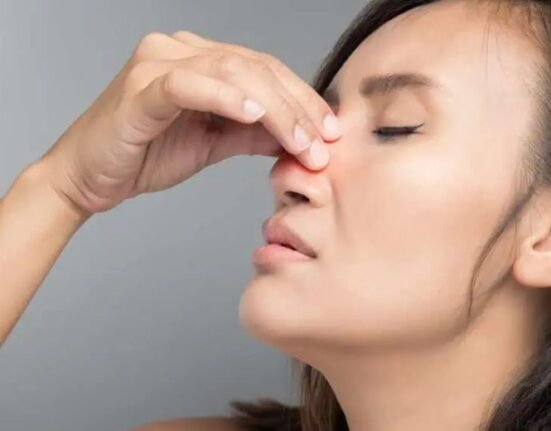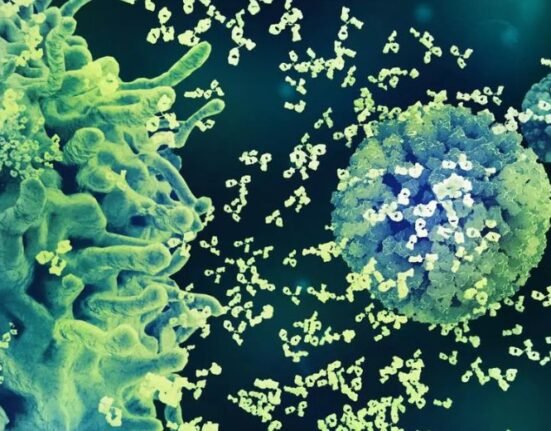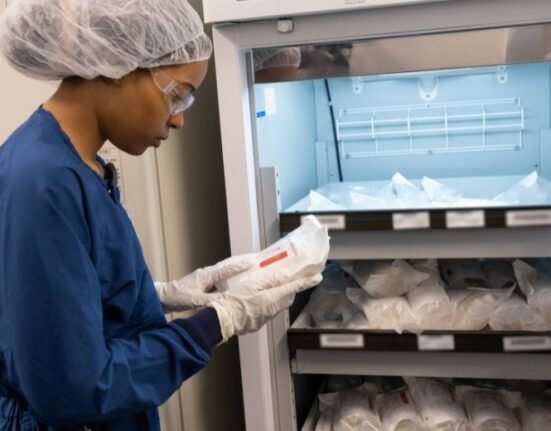HQ Team
January 8, 2025: A rise in cases of respiratory infections in China is within the expected range during this time of the year, and the World Health Organization has not observed “unusual outbreak patterns.”
Countries of the Northern Hemisphere are experiencing an increase in acute respiratory infections at this time of year, according to a WHO statement.
These increases are caused by seasonal epidemics of respiratory pathogens such as seasonal influenza, respiratory syncytial virus (RSV), and other common respiratory viruses, including human metapneumovirus (hMPV), as well as mycoplasma pneumoniae.
“In China, influenza is the most commonly detected respiratory pathogen currently affecting people with acute respiratory infections. WHO is in contact with Chinese health officials and has not received any reports of unusual outbreak patterns.”
90% of global population
The Northern Hemisphere, home to 90% of the world’s population, includes North America, Europe, Asia and most of Africa. The winter solstice on December 21 is considered the first day of winter in the Northern Hemisphere, which has 68% of the Earth’s landmass.
Based on December 29, 2024, data published by China, acute respiratory infections have increased during recent weeks and detections of seasonal influenza, rhinovirus, RSV, and hMPV, particularly in northern provinces of China, have increased.
Recently, there has been interest in hMPV cases in China including suggestions of hospitals being overwhelmed.
According to the WHO, the observed increase in respiratory pathogen detections is “within the range expected for this time of year during the Northern Hemisphere winter.”
“Chinese authorities report that the health care system is not overwhelmed, hospital utilisation is currently lower than this time last year, and there have been no emergency declarations or responses triggered.
“Since the expected seasonal increase was observed, health messages have been provided to the public on how to prevent the spread of respiratory infections and reduce the impact of these diseases.”
Surveillance system
China has an established sentinel surveillance system for influenza-like illness and severe acute respiratory infections (SARI), including hMPV, and conducts routine virological surveillance for common respiratory pathogens.
Influenza activity is elevated in many countries in Europe, Central America and the Caribbean, Western Africa, Middle Africa, and many countries across Asia, with the predominant seasonal influenza type and subtype varying by location.
hMPV is a common respiratory virus found to circulate in many countries in winter through to spring, although not all countries routinely test and publish data on trends in hMPV.
While some cases can be hospitalized with bronchitis or pneumonia, most people infected with hMPV have mild upper respiratory symptoms similar to the common cold and recover after a few days, according to the WHO statement.
Mycoplasma pneumoniae
In some of the temperate countries in the Northern Hemisphere, influenza-like illness or acute respiratory infection rates have increased in recent weeks and are above baseline levels, following usual seasonal trends.
Influenza is currently the most reported cause of respiratory disease, with the highest positivity rate among all monitored pathogens for all age groups except children aged 5-14 years, for whom mycoplasma pneumoniae had the highest positivity rate.
WHO recommended that individuals in areas where it is winter take normal precautions to prevent the spread and reduce risks posed by respiratory pathogens, especially to the most vulnerable.
People with mild symptoms should stay home to avoid infecting other people and rest. People at high risk or with complicated or severe symptoms should seek medical care as soon as possible.
Individuals should also consider wearing a mask in crowded or poorly ventilated spaces, cover coughs and sneezes with a tissue or bent elbow, practice regular handwashing, and get recommended vaccines as per physician and local public health authorities advice.
“Based on the current risk assessment, WHO advises against any travel or trade restrictions related to current trends in acute respiratory infections.”








